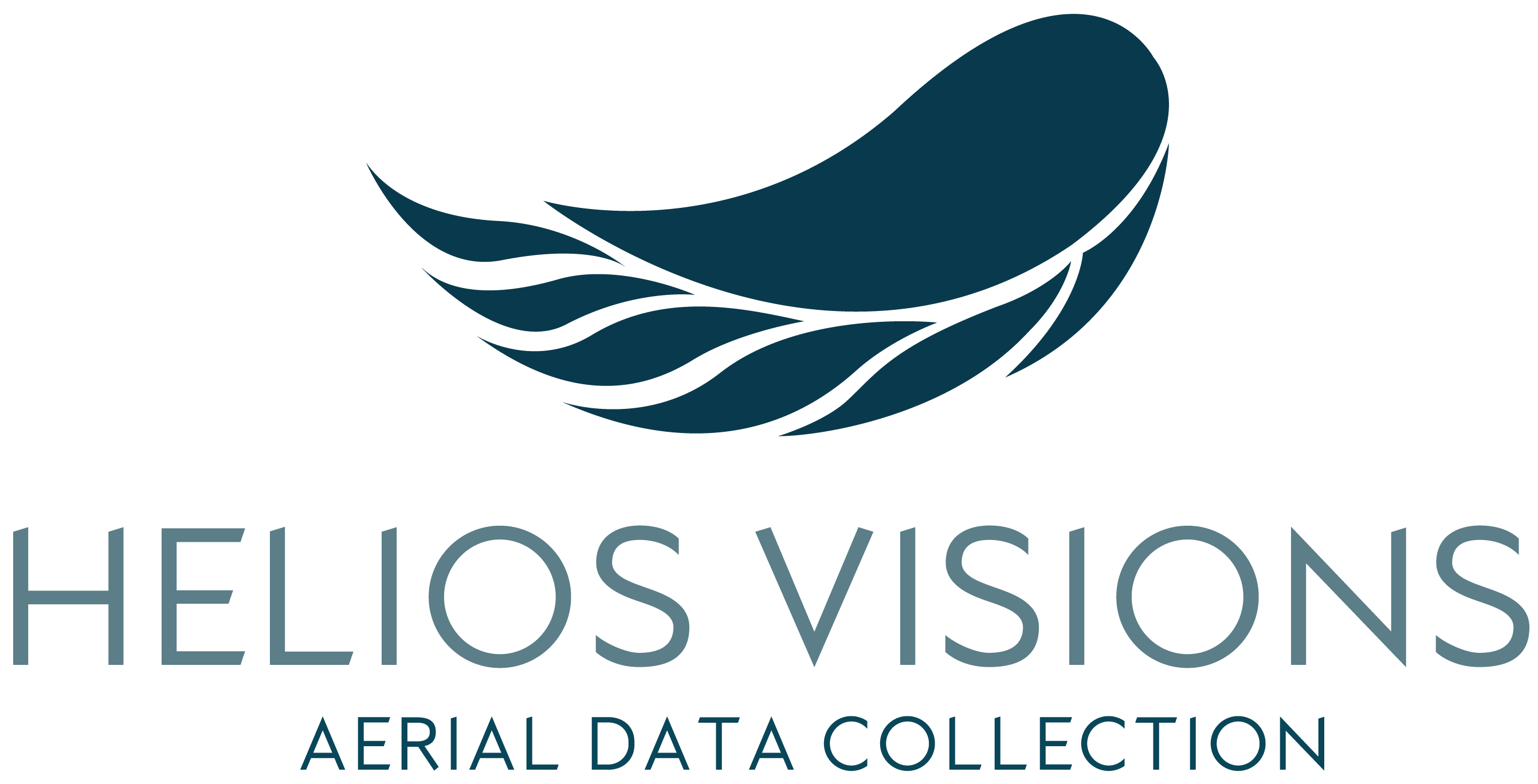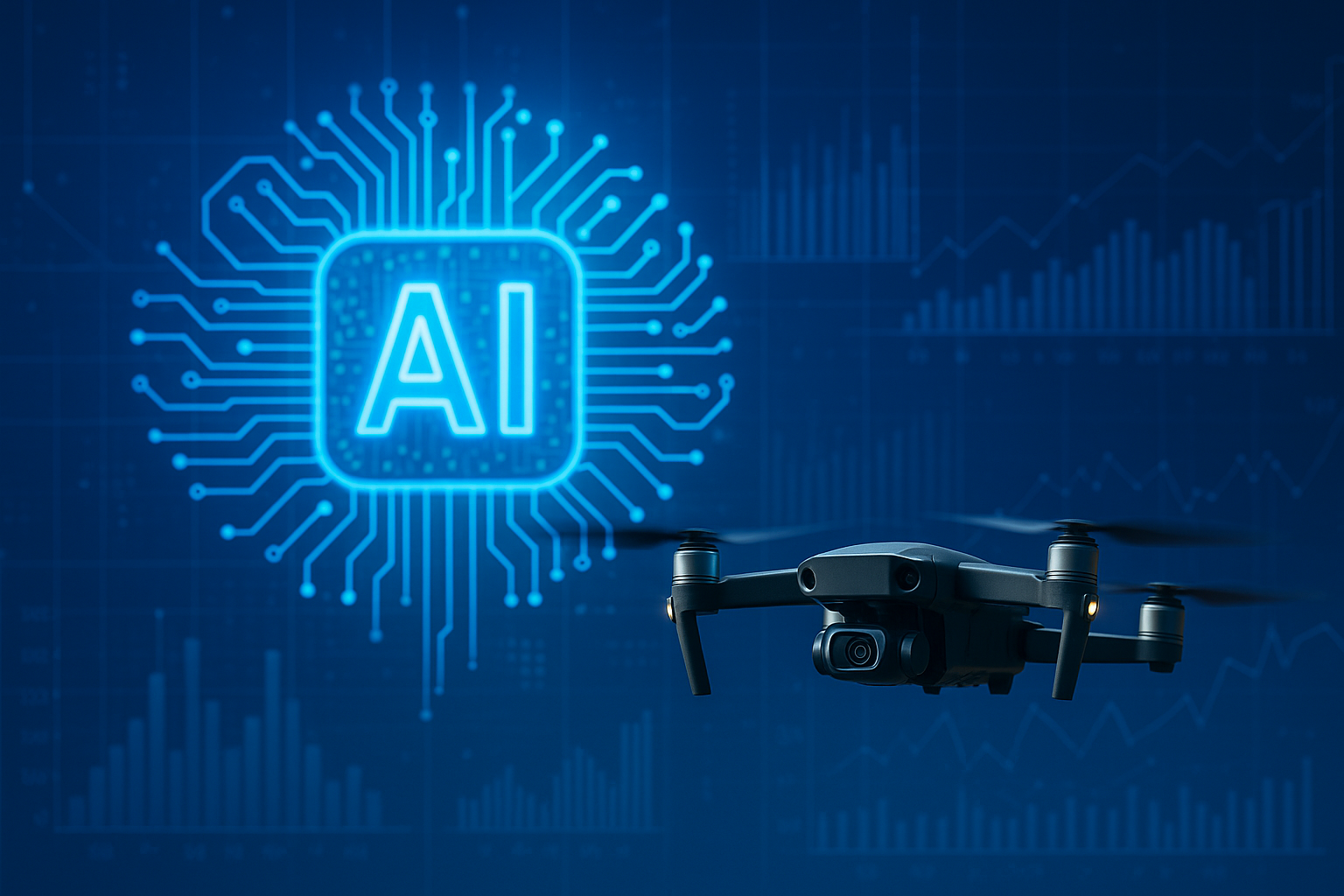Why AI is Accelerating Demand for Drone Reality Capture
A quiet shift is happening in the worlds of construction, infrastructure, and commercial real estate — and it’s being driven by something invisible: artificial intelligence.
AI is rapidly transforming how we analyze buildings, monitor infrastructure, plan urban environments, and manage assets. But here’s the catch: AI is only as good as the data it receives.
And that’s where drones come in.
At Helios Visions, we’ve seen a growing realization across industries — not just that drone-captured data is useful, but that it’s becoming foundational. Drone-based reality capture isn’t just imagery; it’s infrastructure for the AI economy.
Data Is the Fuel. Drones Are the Pipeline.
Whether you’re training a model to detect defects on a roof, calculate construction progress, or simulate a city’s digital twin, the first step is always the same: collect high-quality, consistent, spatially accurate data.
AI can’t function in a vacuum. It needs clean, real-world inputs.
Drones are uniquely positioned to deliver that:
-
Fast and repeatable site documentation
-
Millimeter-level detail using photogrammetry or 3D scanning
-
Thermal, RGB, and multispectral capture for multi-dimensional insights
-
Autonomous, scheduled data collection using docked drones
-
Safer, more cost-effective access to difficult or hazardous locations
Reality data at scale is no longer a “nice-to-have.” It’s the bedrock for AI-powered decision-making in the built environment.
Investors Are Paying Attention — and So Are We
A recent $13 million investment in a large-scale drone services company is the latest example of capital flowing into the drone + AI convergence. It validates something we’ve known all along: the physical and digital worlds are colliding, and drone-captured reality data is the connective tissue.
At Helios Visions, we’ve built our business around this exact intersection.
-
Our autonomous drone operations enable routine, AI-ready inspections.
-
Our work with complex environments, from construction sites to skyscrapers and century-old buildings, ensures the data we capture is accurate, repeatable, and actionable.
-
Our deliverables feed directly into AI workflows, BIM models, construction management platforms, and digital twins.
We’re not flying drones for pretty pictures. We’re building the infrastructure for smarter decision-making, one flight at a time.
What This Means for the Future
The demand for drone reality capture will only accelerate as AI adoption grows. Here’s why:
-
AI Needs More Data, More Often
As models evolve, so does the need for high-frequency, longitudinal datasets, which drones can deliver affordably and autonomously. -
The Stakes Are Higher
Whether it’s a safety-critical bridge or a multi-million-dollar development, the risks of poor or outdated data are growing. Drones reduce that risk. -
Digital Twins and Predictive Maintenance
The future isn’t just reacting to problems, it’s anticipating them. That requires time-series, high-fidelity 3D data captured from the field.
Final Thoughts
We believe we’re at a tipping point. Just as cloud computing unlocked the software revolution, reality capture will unlock the next wave of AI-powered innovation in the physical world.
Helios Visions is here for that future, ready to scale, ready to specialize, and ready to deliver the kind of data that makes AI useful.
Because in this new economy, data is the new oil. And drones are the pipeline.
—
🛰️ Interested in learning how drone-captured data can support your AI or digital twin initiative?
Contact Helios Visions — let’s build the future together.

